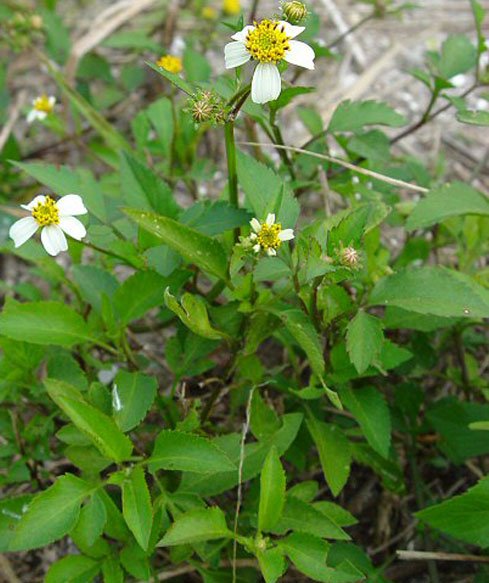Introduction to Bird Pepper (Capsicum annum L.)
Bird Pepper, scientifically known as Capsicum annum L., belongs to the Solanaceae family, a group notable for including both edible and ornamental plants. This shrub-like herb is not only prized for its culinary uses but also for its medicinal properties and ease of cultivation in home gardens and containers.
Botanical Description
Bird Pepper grows up to a meter high, featuring elliptical, slightly leathery, and dark green leaves. It blooms with flowers that give way to edible fruits, which change color from green to purple, red, orange, or yellow as they mature. The fruits contain flat, white seeds that carry a pungent flavor, a characteristic feature of this plant.
Traditional Uses and Preparation Methods
Traditionally, Bird Pepper has been utilized for its medicinal properties. Leaves and fruits are the main parts used for treatment. For instance, to treat boils, a warm leaf is coated with castor oil and applied directly to the boil, a process repeated until healing occurs. Dried, crushed fruits are added to food as a remedy for the common cold, and a combination of ripe banana and Bird Pepper fruits eaten daily is believed to benefit colon and stomach health.
Scientific Evidence and Health Benefits
Research into Bird Pepper has uncovered various health benefits, primarily attributed to capsaicin, the active compound responsible for its heat. Capsaicin has been studied for its pain-relief properties, metabolic rate increase, and potential to fight cancer cells. However, more research is needed to fully understand these benefits.
Culinary Uses
Globally, Bird Pepper is a staple in many cuisines, valued for adding heat and depth to dishes. It’s commonly dried, crushed, and sprinkled over meals or incorporated into sauces for an extra kick.
Growing Bird Pepper at Home
Bird Pepper is relatively easy to grow in a range of environments, from home gardens to containers. It prefers well-drained soil and ample sunlight. Regular watering and occasional fertilization can help ensure a bountiful harvest. Challenges may include pests and diseases common to the Capsicum genus, but these can often be managed with organic methods.
Conclusion
Bird Pepper is a versatile plant that holds a significant place in traditional medicine, culinary traditions, and home gardening. Its ease of cultivation, combined with its health benefits and culinary versatility, makes it a valuable addition to any garden or kitchen.










